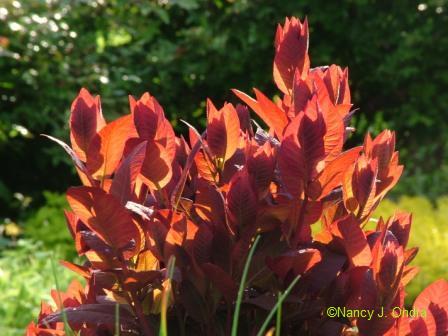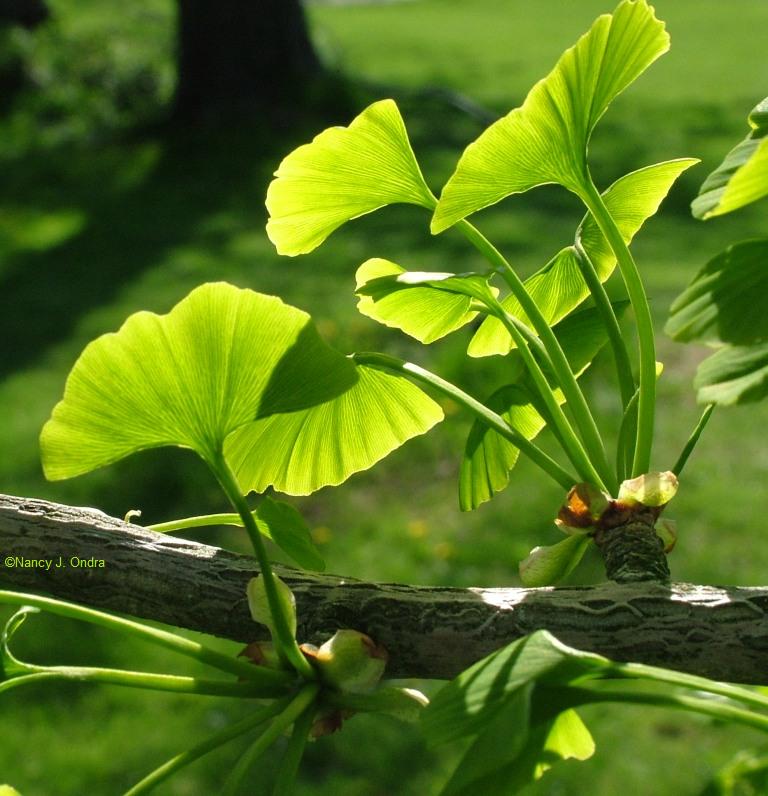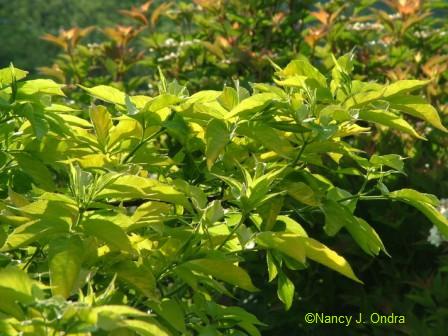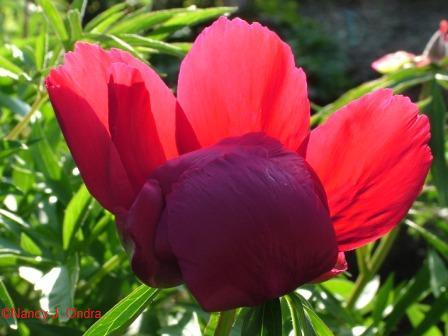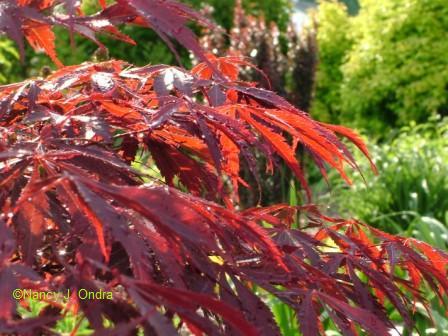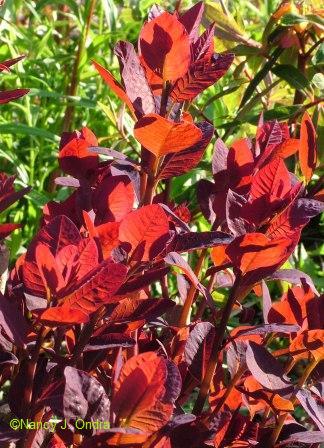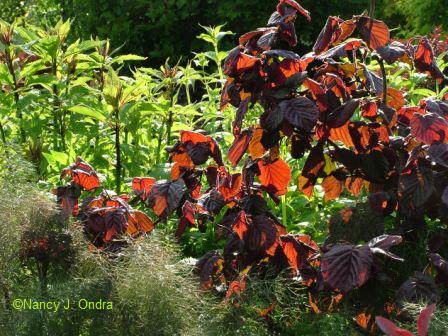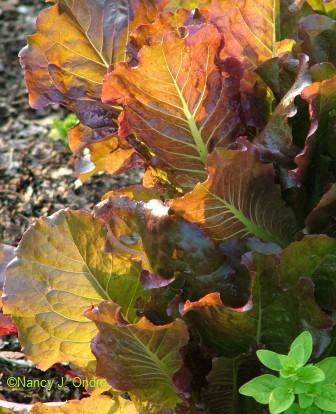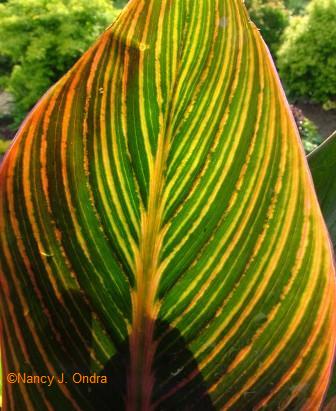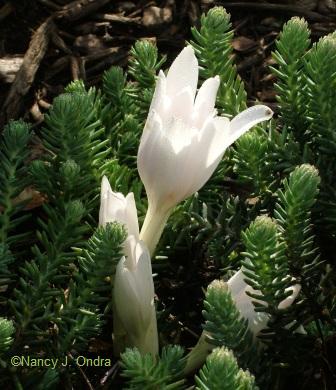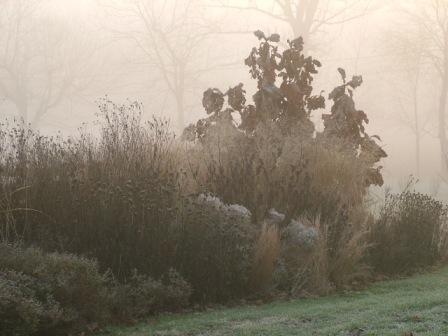GIS & RS Sanandaj
نویسنده وبلاگ آرمین فاتحیGIS & RS Sanandaj
نویسنده وبلاگ آرمین فاتحیدرباره من
نظرسنجی
روزانهها
همهپیوندها
- gis&rs
- وزارت نیرو
- سایت نجوم ایران
- سازمان فضایی ایران
- سازمان هواشناسی
- بیابان و کویر های ایران
- سایت سازمان سنجش
- سازمان محیط زیست(DOE)
- سازمان زمین شناسی کشور
- سازمان جهاد کشاورزی کردستان
- دانشگاه ازاد اسلامی واحد سنندج
- پایگاه ملی دادههای علوم زمین کشور
- سازمان کشاورزی و منابع طبیعی ایران
- مرکز تحقیقات منابع طبیعی کردستان
- گیاهان دارویی ُ خواص و کاربرد انها
- انجمن جهانی حفاظت آب و خاک
- شرکت مدیریت منابع آب ایران
- مرکز سنجش از دور (CRS)
- مرجع حیات وحش ایران
- سازمان نقشه برداری
- سازمان فضایی ایران
- وبلاگ دکتر مجردی
- mongabay
- آبخیزداری
سنجش از دور و سیستم اطلاعات جغرافیایی
- سیستم اطلاعات جغرافیای 116
- زمین و منظومه شمسی 261
- خاک و خاک شناسی 79
- گیاه شناسی 147
- درخت شناسی 55
- کشاورزی و باغبانی 131
- کویر و خشکسالی 72
- آب و آبخیزداری 175
- محیط زیست 142
- هوا و هواشناسی 79
- آتشفشان 14
- اکوسییستم 25
- جنگل وجنگلداری 22
- مرتع و مرتع داری 33
- حیات وحش 151
- دانلود مقالات 7
- منابع طبیعی 150
- کردستان 35
- آلبوم تصاویر 18
- خبرها 175
- انرژی نو 48
- کانی ها 70
ابر برجسب
لایه های اطلاعاتی GISبرگهها
جدیدترین یادداشتها
همه- تفکیک واحدهای لیتولوژیک به روش طبقه بندی
- اصول سیستم های مختصات جغرافیایی
- آموزش ویدئویی تصحیح رادیومتریک در ENVI
- فیلم آموزشی ساخت سیمبل در ARCGIS
- جنگل زدایی در جهان از چشمان گوگل ارث؛ نابودی ۱.۵ کیلومتر مربع جنگل در ۱۲ سال
- معرفی و دانلود نرم افزار ENVI 4.8
- دانلود پاورپوینت کاربرد سنجش از دوردر بررسی و پیش بینی
- کاربرد سنجش از دور در مطالعات مدیریت و پایش سواحل
- کاربرد سنجش از دور در مطالعات خاک و کشاورزی
- کاربرد های مختلف سنجش از دور
- کاربرد سنجش از دور در مطالعات انرژی نفت و گاز
- تعریف و رشد تاریخی سنجش از دور
- دانلود لایه های ایران و دیگر کشورها(فرمت shape file)
- دانلود لایه های shapefile مراکز جمعیتی و روستایی ٰ+بخش ها +دهستان ها و شهرستان های ایران
- کاربردهای نقشه جهت شیب
- کاربردهای نقشه سایه روشن
- ذخیره اتوماتیک ترسیم در ARC GIS
- کاربرد GIS در بانکداری
- تکنولوژی GIS (جی – آی – اس) همه روزه تمام زندگی ما را لمس می کند
- دانلود کتاب آموزش نرم افزار envi
- دانلود اکستنشن مدل AHP در نرم افزار Arc GIS
- [ بدون عنوان ]
- کتاب آموزش مقدماتی و کاربردی نرم افزار Arc GIS 10.1
- دانلود دو نرم افزار کاربردی در زمینه تبدیل رستر به وکتور
- آموزش فعال کردن برخی از ابزار غیر فعال Arc Tollbax مثل Spatial Analyst
- نرم افزاری برای Georeference (زمین مرجع کردن) نقشه ها در GIS
- دانلود مجموعه اسلاید خلاصه آب و هوای ایران
- سیستم موقعیت یاب جهانی گالیله اروپا
- دانلود کتاب کاربردهای سیستم اطلاعات جغرافیایی (GIS) در جهان
- نرم افزار های تخصصی در زمینه های منابع آب ، محیط زیست و جغرافیا
- معرفی و دانلود نرم افزار ENVI 4.8
- ارزیابی اثرات با روش ماتریس ایرانی
- سنجش از دور چیست؟
- GPS چیست و چگونه کار می کند؟ - دانلود فیلمهای آموزشی فارسی
- دانلود نرم افزار 9.2.1006/XTools 5.2/7.1/8.1/9.1 همراه با کرک
- آموزش روش تصمیم گیری فولر
- لایه تقسیمات استانی ایران ۱۳۹۲
- دانلود برخی نرم افزارهای کاربردی اقلیمی
- آموزش تصویری نرم افزار Minitab
- روش های تعیین ظرفیت تحمل گردشگری
- آموزش مقدماتی نرم افزار ARC GIS 10
- دانلود اطلس زمین شناسی ایران
- دانلود رایگان نرم افزار ILWIS با لینک مستقیم
- دانلود نرم افزار Global Mapper+ کرک
- دانلود نرم افزار surfer
- دانلود نرم افزار ermapper7.1 با لینک مستقیم
- دانلود نقشه توپوگرافی ۱:۵۰۰۰۰ مریوان
- دانلود نقشه توپوگرافی ۱:۵۰۰۰۰ سنندج
- Geocoding – نمونه کار عملی (قسمت سوم)
- Geocoding – نمونه کار عملی (قسمت دوم)
بایگانی
تقویم
دی 1392| ش | ی | د | س | چ | پ | ج |
| 1 | 2 | 3 | 4 | 5 | 6 | |
| 7 | 8 | 9 | 10 | 11 | 12 | 13 |
| 14 | 15 | 16 | 17 | 18 | 19 | 20 |
| 21 | 22 | 23 | 24 | 25 | 26 | 27 |
| 28 | 29 | 30 |
جستجو
Let There Be Light
Let There Be Light
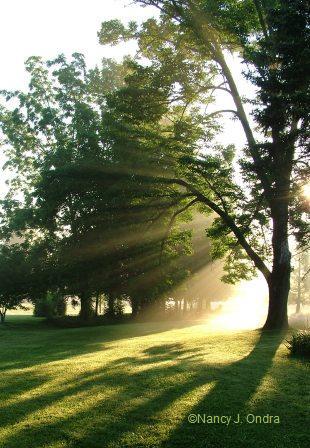 We gardeners spend
a good bit of time thinking about light. Is our yard too sunny for a
plant we want to try, or is it too shady? How much light qualifies as
“full sun”? What’s the difference between part sun and part shade? How
about morning sun versus afternoon sun? Some of us have all-day sun and
desperately want some shade; others long for just a bit more
light so they can grow a wider range of plants.
We gardeners spend
a good bit of time thinking about light. Is our yard too sunny for a
plant we want to try, or is it too shady? How much light qualifies as
“full sun”? What’s the difference between part sun and part shade? How
about morning sun versus afternoon sun? Some of us have all-day sun and
desperately want some shade; others long for just a bit more
light so they can grow a wider range of plants.
Obviously, the practical aspects of light have a big impact on our plant choices, and on our success in the garden. But there’s also an aesthetic aspect to light: the way it dramatically changes the look of the garden through the day and through the seasons.
I often wonder why garden tours are so often planned for the late morning hours. Well, I realize it’s basically for the convenience of the host and the participants, but really, the light is so much prettier in early morning and early evening that it shows off just about any garden to better advantage. And sometimes, the effects of back- and side-lighting can be absolutely spectacular. Below is ‘Grace’ smokebush (Cotinus). I took the first shot with the sun almost behind me, so it’s shining directly on the plant.
The plant itself is nice, but the light is harsh and not very flattering. The next photo shows the same plant shot from the other side, so the sun is shining through it.
Pretty cool, huh?
 Spring is
my favorite time for capturing great light effects in my garden. At this
time of year, the sun sets through a break in the tree line across from
my house, so it comes sideways into the garden well into the evening.
Shining through green leaves, it creates intriguing shadows and halos,
as with the ‘Gerald Darby’ iris foliage at right and the ginkgo (Ginkgo
biloba) leaves below.
Spring is
my favorite time for capturing great light effects in my garden. At this
time of year, the sun sets through a break in the tree line across from
my house, so it comes sideways into the garden well into the evening.
Shining through green leaves, it creates intriguing shadows and halos,
as with the ‘Gerald Darby’ iris foliage at right and the ginkgo (Ginkgo
biloba) leaves below.
Yellow leaves are bright on their own, but a little backlighting can add just a touch more glow, as on this golden elderberry (Sambucus nigra ‘Aurea’).
But really, the very best light effects come from the purples, reds, magentas, and oranges. Here’s a sampling of some of my favorites, starting with Magic Carpet spirea (Spiraea ‘Walbuma’).
A peony flower (Paeonia veitchii, I think).
Here’s Diabolo ninebark (Physocarpus opulifolius ‘Monlo’)…
…and an unnamed Japanese maple (Acer palmatum).
Purple-leaved smokebush cultivars, such as this ‘Velvet Cloak’, are absolutely fantastic for creating great light effects.
But I think my new favorite, ‘Red Majestic’ contorted hazel (Corylus avellana), is possibly even better.
One of the best things about back-lighting is the way it shows off otherwise-unnoticed leaf veining. It’s especially good with thin leaves, such as the new hellebore foliage shown below…
…and on ‘Outredgeous’ lettuce.
The large but thin leaves of cannas are also terrific with the light shining through them. Here’s ‘Pretoria’ (or ‘Bengal Tiger’, or whatever you want to call it)…
…and ‘Pink Sunburst’.
Other thin-leaved tropicals, such as bananas (Musa and Ensete) and colocasias, can create equally outstanding light effects in summer. Swiss chards, particularly those with red, orange, yellow, or pink veining, can be super too.
Fall and early winter are also good times for special light effects here, but at that time of year, it’s the morning sun that makes the magic. Here, it’s shining into a white autumn crocus (Colchicum autumnale ‘Album’).
And look how the side lighting makes the pink plumes of muhly grass (Muhlenbergia capillaris) positively sparkle.
Sometimes, the misty morning light can make the late-season border appear moody and mysterious.
And it’s images like this – morning light on the plumes of Miscanthus ‘Morning Light’ – that make it worth getting up early at any time of year!




























